Advertisements
Advertisements
प्रश्न
Complete the following sentence with the help of the (The Story of Tea) passage:
Camellia sinensis is an evergreen plant that grows in ______.
उत्तर
Camellia sinensis is an evergreen plant that grows in tropical and sub-tropical climates.
APPEARS IN
संबंधित प्रश्न
Form pairs and write the process of making tea in a step-by-step manner.
Write the names of as many beverages as you can within two minutes. What do the following beverages remind you of? Draw word webs to show your associations.
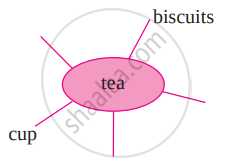 |
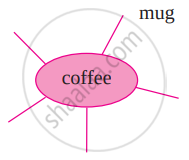 |
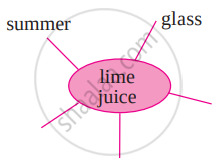 |
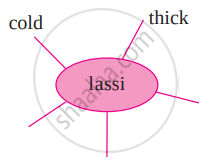 |
 |
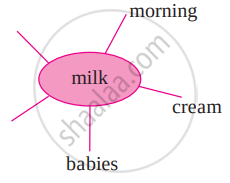 |
How is tea, the beverage, made?
Where are tea estates located?
Why are tea plants pruned?
What are botanical names? How are they decided?
What does tea contain? What does it not contain?
Why did he carry out further investigations about tea?
What is the difference between legends or stories and history?
Can you guess the origin of the Marathi word ‘chaha’?
The paragraph about how tea came to India brings out the difference between history based on oral sources and ‘recorded history’. Discuss how the author brings it out.
Do you have any ceremonies associated with food items?
What are the good qualities of tea?
Why are the cups only half-filled in Chinese tea ceremonies?
What is the difference between ‘claim’ and ‘fact’?
Make a bilingual glossary of the various spices used in the kitchen.
List all the names of Geographical places mentioned in the (The Story of Tea) passage.
List the words related to agriculture from the (The Story of Tea) passage.
Complete the following sentence with the help of the (The Story of Tea) passage:
The teas we buy are usually classified according to ______.
Complete the following sentence with the help of the (The Story of Tea) passage:
In many countries around the world, tea drinking is an ______.
Complete the following sentence with the help of the (The Story of Tea) passage:
Our body produces chemicals called ______.
From the (The Story of Tea) passage, find all the words or pairs of words that begin with ‘tea’. Examples: teapot, tea plants.
